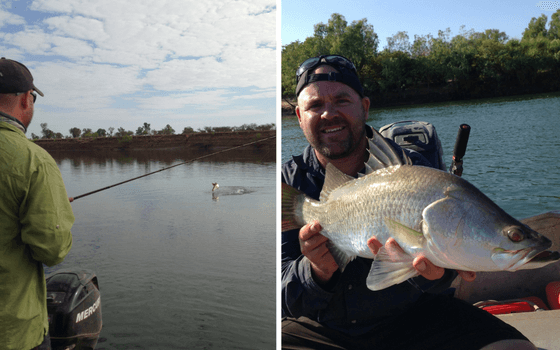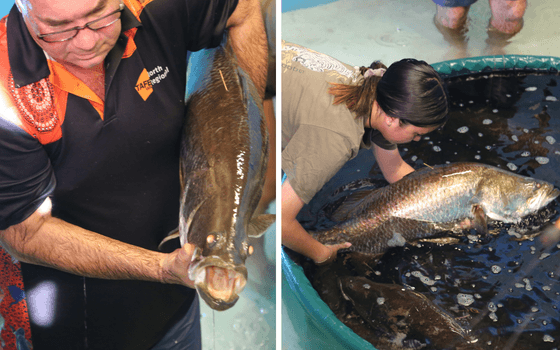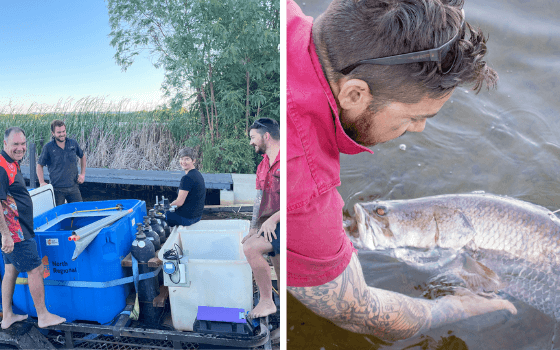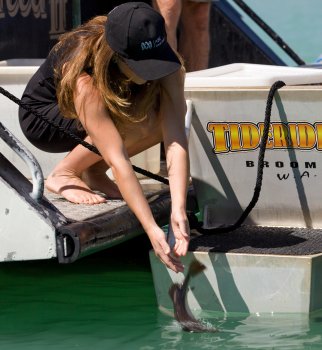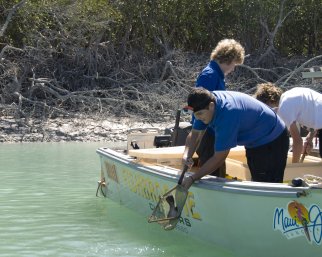What an awesome turn-out for Snapper Guardians 2023 – with the biggest crowd in the event’s history coming down to help us release juvenile pink snapper into Cockburn Sound!
What’s more it kicked off a ‘super-stocking’ week which has seen 40,000 juvenile pink snapper and 15,000 yellowtail king fish released into metro waters in less than seven days!
With COVID unfortunately disrupting the community attendance at the event in 2021 and 2022, Recfishwest was delighted to see hundreds of fishing families turn up to roll up their sleeves and help release 5,000 juvenile pinkies to show how much they value this iconic species, the Sound and the fantastic fishing experiences it supports on Perth’s doorstep.
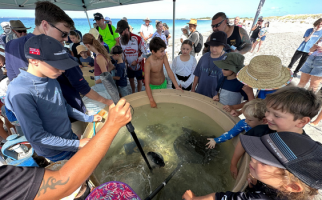
CHECK OUT OUR LIVE FACEBOOK FEED FROM THIS YEAR’S SNAPPER GUARDIANS
This was followed by another 35,000 pink snapper released between Fremantle Sailing Club and the Cockburn Power Boats Club earlier this week, while 15,000 yellowtail kingfish were also released on Wedneday between the same locations to spice up future fishing experiences in metro waters.
“The fantastic response we had to Snapper Guardians 2023 shows the community’s care and passion for Cockburn Sound and the fantastic, safe, accessible fishery it supports is stronger than ever before,” said CEO Dr Andrew Rowland. “A big shout out to everyone who came down from the community to support this year’s event.”
“Fishing is always better when the fish are biting and we don’t just want to see sustainable fisheries – we want abundant ones. That’s why it’s great to see the Government’s commitment to fish stocking initiatives like the pink snapper and yellowtail kingfish programs.
Check out the behind-the-scenes footage from the DPIRD Fremantle hatchery and the kingie cannon firing new yellowtail kingfish into their new home on the YouTube link below!
“We want to see more of this in the future and a well-developed scientific monitoring program that can give us a better understanding of the effectiveness and potential scalability of these popular iniativies,” added Andrew.
A big Recfishwest shout out also to the team from DPIRD’s Fremantle hatchery, who collected the pink snapper eggs in early November of 2022, hatched and reared the pinkies in their aquaculture tanks through the most vulnerable stage of their lives, before transporting the 90-day-old fish down to Jervoise Bay, Woodman Point for release into their new home.
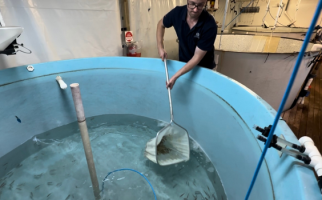
We would also like to thank our community fish stocking partners Daiwa, for helping us make this event possible.
Rest assured, with the State Government promising more funding and support for future stocking events such as Snapper Guardians, we will ensure this great event continues for many years to come and becomes even bigger and better.
Were you one of the Snapper Guardians who rolled up your sleeves over the weekend? Check out some of the action and big smiles from our latest event below and thank you to all attendees who put on the bathers and snorkels to help make the 2023 Snapper Guardians event one for the ages.




